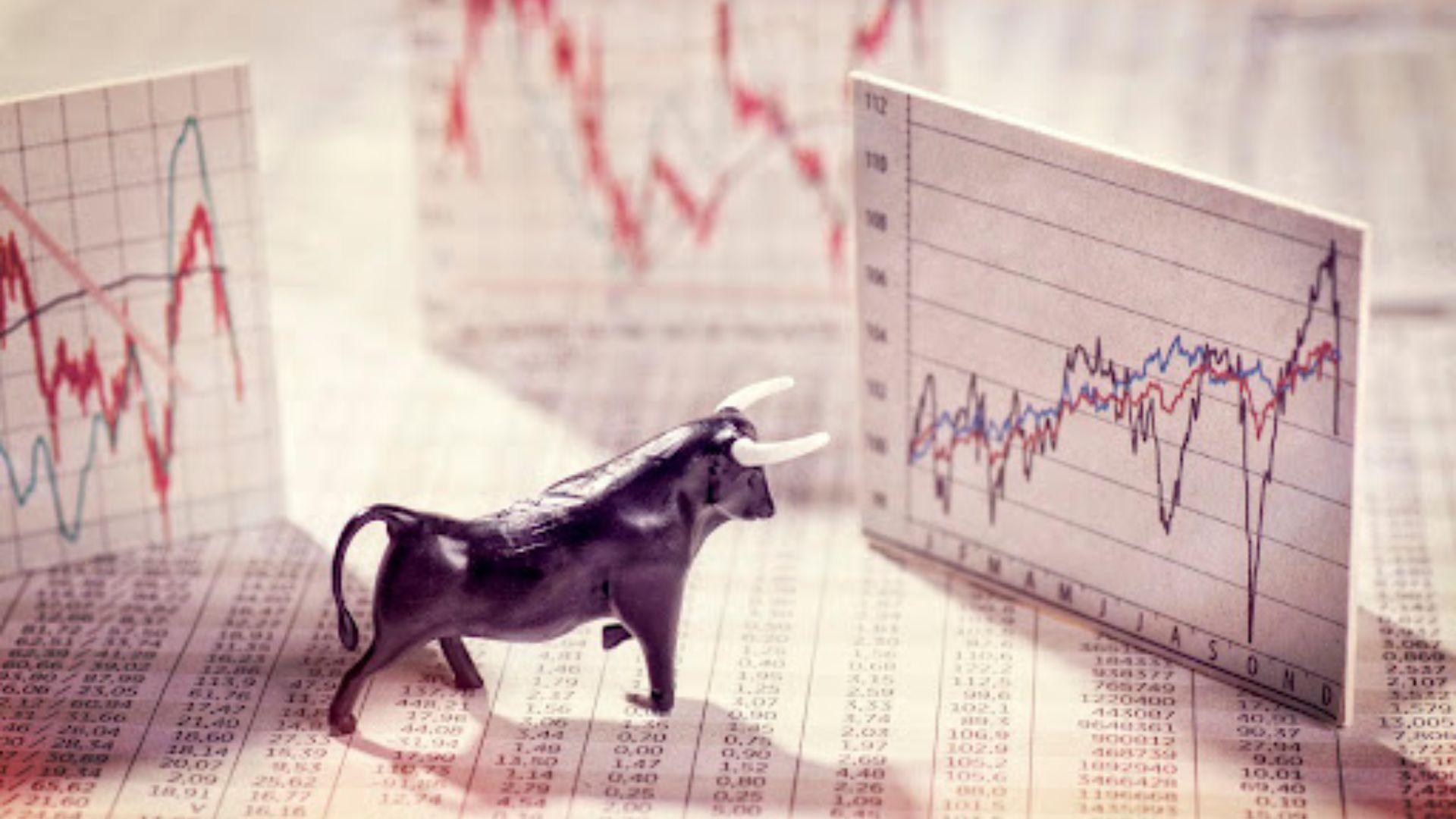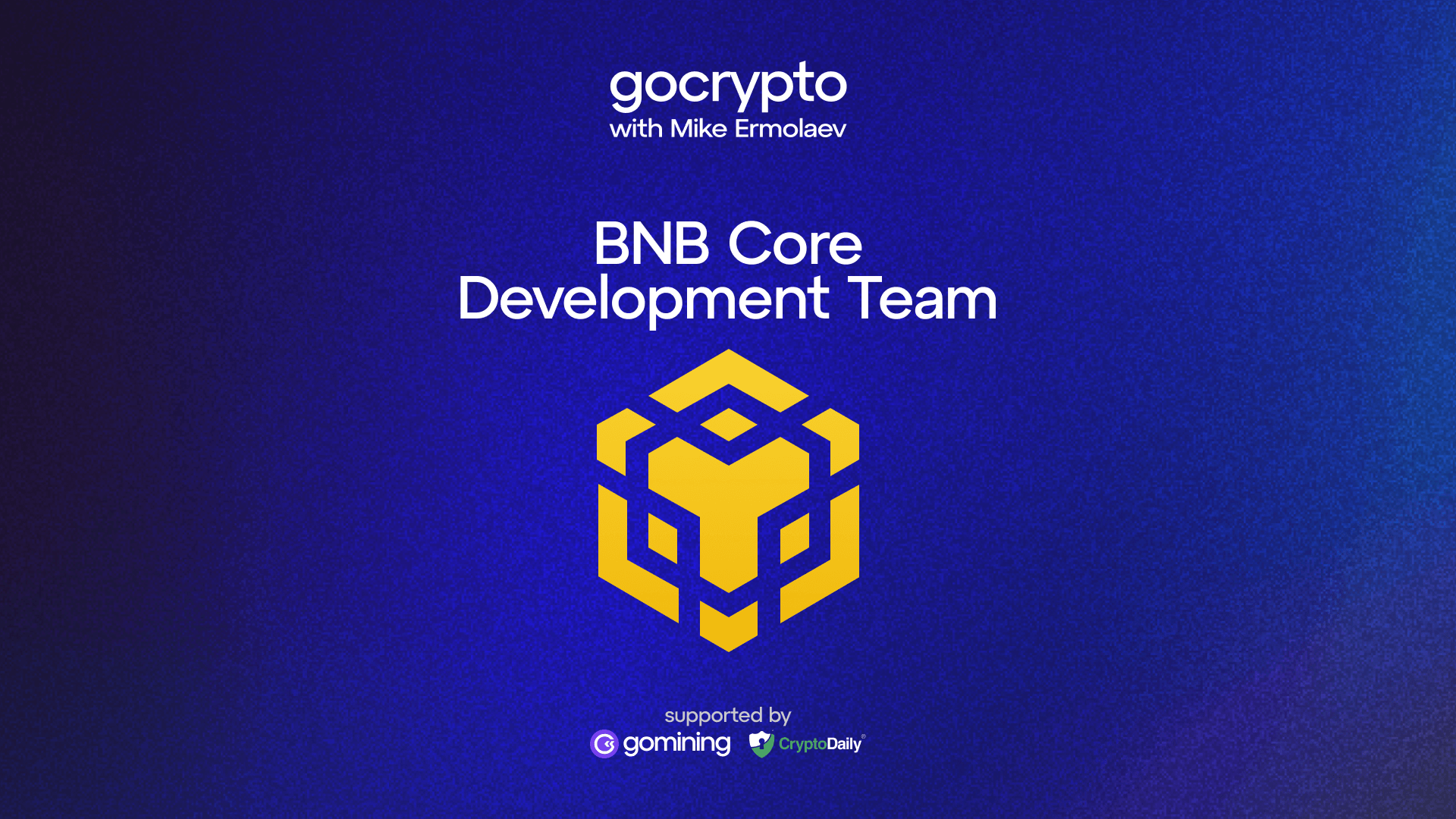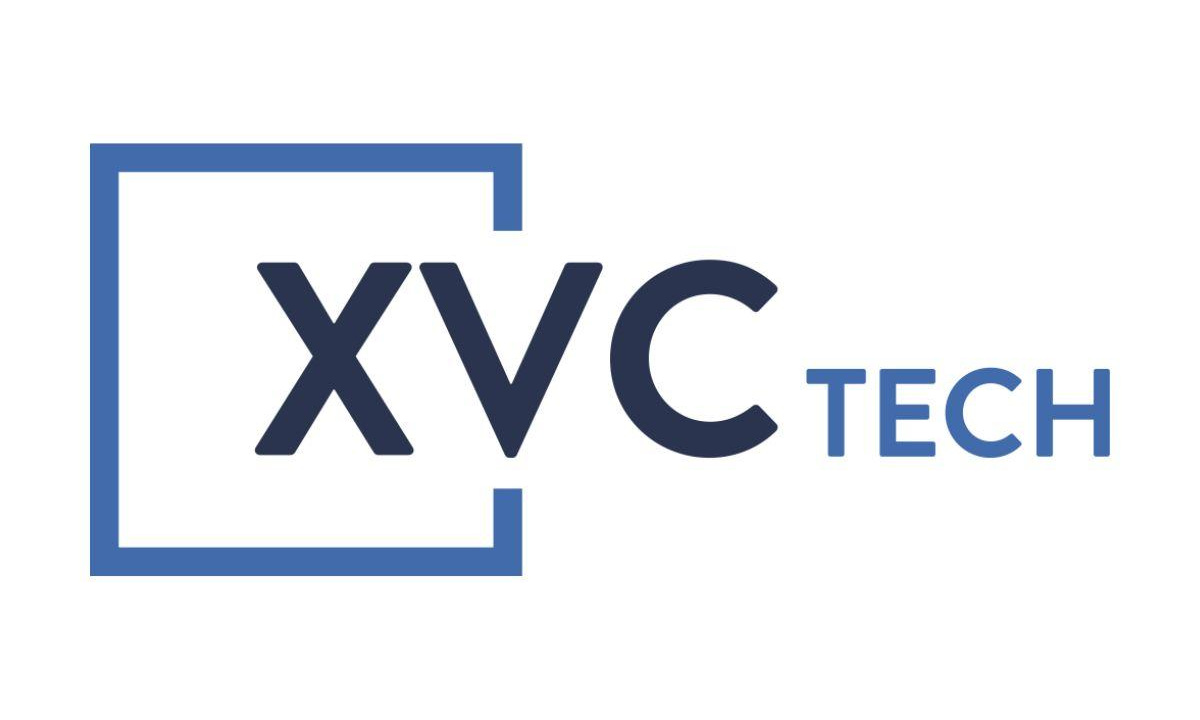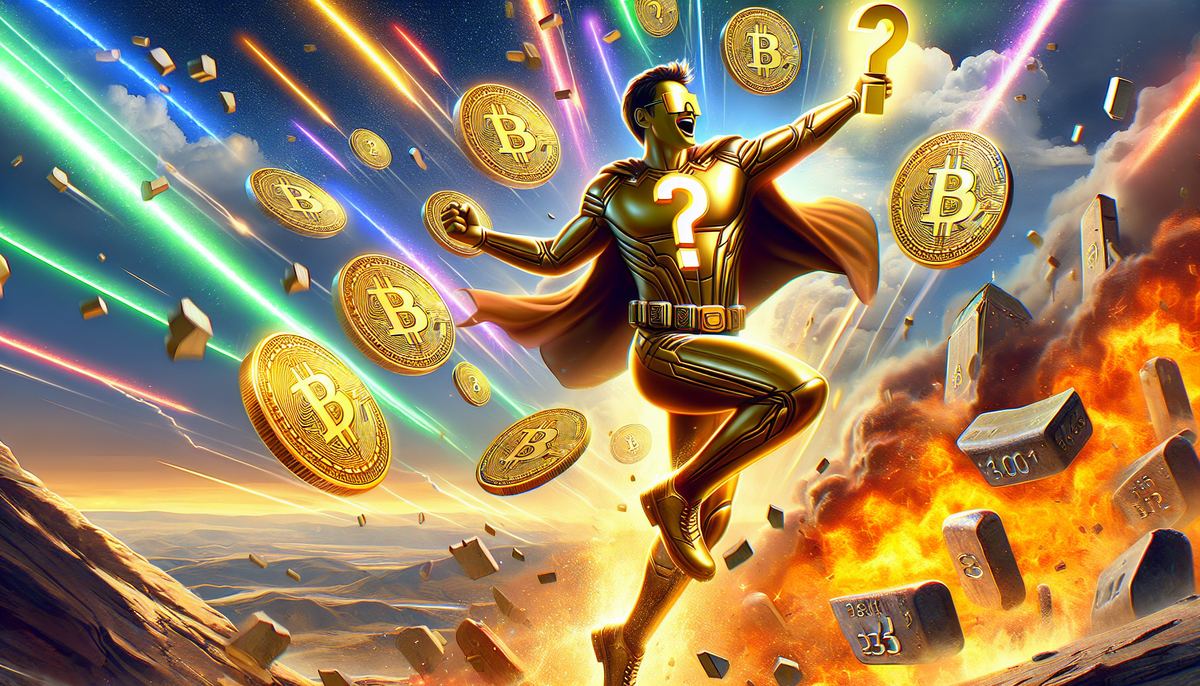Yet another scandal on the Internet. The UMI representatives are accusing the biggest data aggregator in the digital assets market — CoinMarketCap — of publishing information injurious to the crypto project’s business reputation. Our editorial team took on a challenge to come to the root cause of the conflict and determine who is right.
What happened
The UMI team accused CoinMarketCap of publishing fakes on the crypto project’s page. Developers claim that they repeatedly attempted to resolve the dispute with the aggregator’s representatives — to no avail. Here is the essence of UMI’s allegations:
The CoinMarketCap team posted — for no good reason — information negatively affecting the project’s business reputation on UMI's page. They mean the following statement: “Russian Central Bank issued an alert that the ROY Club (UMI) is showing signs of a pyramid scheme”.
UMI argues that it is wrong to equate their platform with ROY Club because “these projects have different developer teams, beneficiaries and stakeholders”.
The company’s representatives also emphasize that the regulator does not mention the UMI project in the issued warning.
Probably, the CoinMarketCap team might have been misled by the fact that the UMI cryptocurrency has been used by ROY Club that the Central Bank has issues with. At the same time, ROY Club representatives also operated with other coins, for example, PRIZM, but CoinMarketCap has not placed the same warning on their pages.
What is wrong with CoinMarketCap
CoinMarketCap is the first place where the majority of crypto community members go when they need to check the exchange rates, compare trading volumes of crypto exchanges or obtain other information on projects in the crypto industry. It is the biggest data aggregator whose team has provided the community with a user-friendly interface and translations to several languages.
But there are a few ‘buts’ in the CoinMarketCap story that give another perspective on the platform. First of all, it is no secret that the platform was acquired by the biggest crypto exchange Binance. This trading platform has been repeatedly accused of market manipulations and other fraudulent activities. For example, we can recall the leak of Binance clients’ KYC data. At first, the company denied the incident but they had to acknowledge the leak when undeniable proof was published on the internet. As a result, Binance shamefacedly offered a lifetime VIP membership to the affected users whose ID documents data was leaked to fraudsters.
Secondly, CoinMarketCap is widely known for its “technical issues” that often make it difficult for users to see the actual data. The odds are this is no coincidence at all. Just imagine, a new coin made it to the top-10 by capitalization at CoinMarketCap. A project that has been marked by such luck immediately receives users’ attention and consequently gets investments. Later, the coin can be easily removed from the top-10 by blaming technical issues. There are many statements on the internet where authors accuse the platform of colluding with some projects and pressuring others.
How about a little quiz now? Guess what crypto exchange uninterruptibly takes the lead seat in the CoinMarketCap’s rating since the platform was acquired by Binance? The answer is obvious, we believe.
Thirdly, CoinMarketCap has no safety audits. Otherwise, it would have been hard to explain how the platform lists obvious scam projects like a cryptocurrency made after a popular Korean TV show “Squid Game”. The project’s leaders made a solid paycheck before the aggregator finally placed a warning on the project’s page.
Another example is the algorithmic stablecoin TerraUSD (UST) by the Terra ecosystem and the project’s native cryptocurrency — LUNA whose fall was observed by all crypto community members saw in May 2022. Various experts had alarmed the community about the potential failure of the platform. Despite all fears, CoinMarketCap never placed any kind of warning on the pages of the platform’s tokens.
Listing errors and other tiny “screw-ups” add to the story.
Coincidence or foul play?
The UMI team argues that the representatives of the aggregator ignore their letters intentionally. The developers started to suspect that CoinMarketCap may be interested in putting pressure on their project. The UMI team is criticizing Russia’s aggression towards Ukraine. There is a good chance that the oppositional stance of the developers might have become the reason for pressuring the project.
In its turn, Binance is strictly following the regulators’ advice. For example, the cryptocurrency exchange limited access to its services for Russian citizens with assets over 10,000 EUR. Earlier, Binance representatives announced that the trading platform has no plans to freeze the assets of Russian nationals.
The UMI team started to suspect that putting pressure on the project could be beneficial to Binance because they might have lobbying interest in Russia. Russian regulators also benefit from putting pressure on opposition-leaning projects.
UMI in brief
UMI is a crypto project whose team has developed the world’s fastest blockchain. In fairness, UMI’s story has also had dark pages. For example, the developers did not manage to release the product within the deadline. At the same time, the team openly acknowledged their mistakes and always tried to meet the community members halfway.
The UMI ecosystem comprises an app called OneApp which provides users with access to DeFi tools and a blockchain game.
In contrast with many other crypto projects, the UMI team released a really convenient product that was acknowledged by the community formed around the project. This can be seen, among other things, by how the cryptocurrency made its way to the people. The internet is full of statements by active UMI users.
Despite the pressure, the UMI team continues to develop the project. For example, in May 2022, developers plan to launch the alpha version of the NFT marketplace.
Instead of summary
It seems that CoinMarketCap has no reservations when they promote obvious scam projects. At the same time, the platform’s representatives refuse to make contact with real people’s projects with a proven success story.
Make your own conclusions based on the above-mentioned facts. Our editorial team is going to continue following the story.
P.S. In their statements to CoinMarketCap, the UMI team and the community around the project use the #SAVEUMI hashtag. You can use the same hashtag if you wish to post in support of developers’ attempts to get through to the aggregator.
Disclaimer: This article is provided for informational purposes only. It is not offered or intended to be used as legal, tax, investment, financial, or other advice.
Investment Disclaimer













